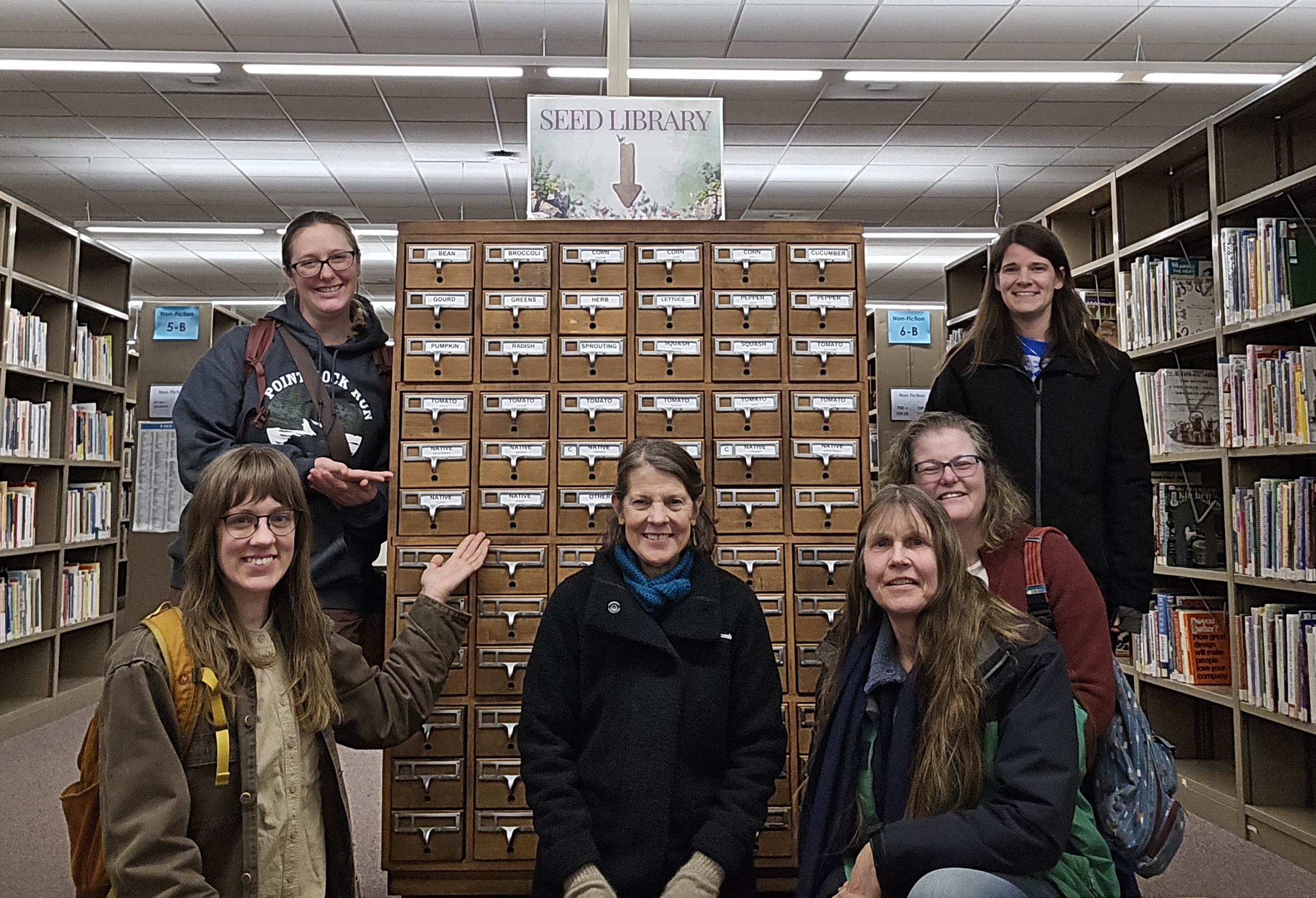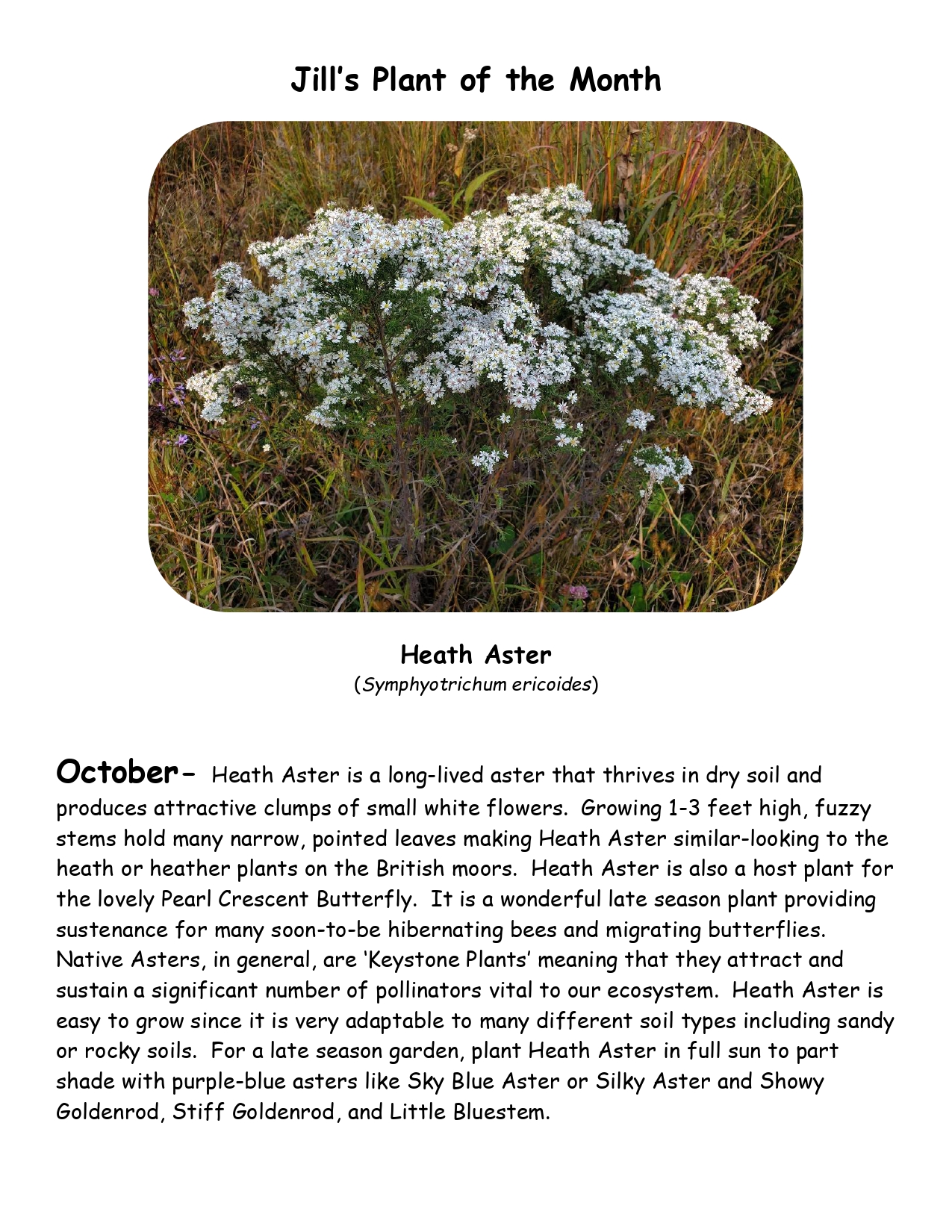Membership
Help Shape The Future of Our Chapter!
If you’re passionate about native plant restoration and want to make a meaningful impact in our community, we encourage you to consider running for an officer or chair position in the upcoming year. Serving in a leadership role with our Wild Ones chapter is a rewarding way to share your ideas, build connections, and help advance our mission of bringing native plants back to local landscapes.
Elections will take place at our upcoming November member meeting, and we’re always excited to welcome new voices, fresh perspectives, and enthusiastic energy into our leadership team. Whether you’re a longtime member or just getting involved, your passion and commitment can help shape the future of our chapter.
If you’re interested in filling a leadership position, please reach out to us at [email protected]. And don’t forget to join us for the November member meeting on Wednesday, November 12th at 6:00 PM at the Lincoln Center (1519 Water St, Stevens Point), where the elections will be held. We hope to see you there!

Purchase Native Plants Locally!
Did you know we have several native plant growers right here in Stevens Point and the surrounding area? These local experts specialize in Wisconsin native plants that are perfectly adapted to our region’s climate and soil. By choosing native species, you’re not just adding beauty to your landscape; you’re also supporting pollinators, birds, and the health of our local ecosystems. High-quality, locally grown, and ecologically important. Explore and support your local native plant growers here:
- Lucky Bird Natives LLC
- Generation Native Plant Nursery

Follow Us on Facebook!
Did you know that our Central Wisconsin Chapter has its own Facebook page? Click here to follow along!

